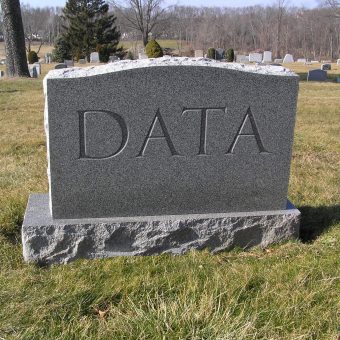With increased understanding about the use of data in healthcare – its vastness and value – we are beginning to grasp what it can do when extracted efficiently from electronic, automated, smart, systems can do: create better outcomes, and improve the way we practice.
When I was new to nursing back in the late 1990s, in the clinical setting, nurses didn’t talk about or use data as we do today.
To get through our busy shifts, we documented on whiteboards, dot-matrix printer paper, and sticky notes. All of the data we use today that lives in one place was scattered among various units and clinics. The Medication Administration Record was in the med room, the doctor’s orders were written in the flip chart along with all of our documentation – on a multi-fold out, incredibly complex “form.” The patient care plan was in one section of the patient record, and the discharge instructions were buried somewhere in there as well. And depending on your clinical setting these could all be different.
Essential information existed in that data, but they were not structured, aggregated and analyzed to tell a broader story and be useful for the health of populations and communities. Today with electronic health records (EHRs) and other emerging technologies, opportunities to utilize data we can now dynamically recognize patterns in data for better patient care and our own practice experience.
If you are a newer nurse, fortunate to have an EHR in your care setting from day one, you won’t relate to my description of “old school data”, and it’s unfortunate loss. But if you can, perhaps you will appreciate the disappearance of data that could have improved patient care. As nurses, we were using disconnected systems of “free text” and didn’t quite yet understand the value in discrete data to populate real-time reports, dashboards and trigger clinical decision support alerts and prompts that we do today with intelligent systems.
Today, we have the opportunity to use innumerable sources of data from the EHR, handheld devices, smart IV pumps, telehealth and sensors in the best ways possible for the care we provide our patients, to
- expedite and enhance the nursing process and organized thinking
- improve patient-centered care plans, to deliver precise, engaging care
- be safer in practice, to decrease errors, adverse events and near misses
- develop better nursing workflows, to increase productivity and reduce waste
The healthcare data of yesterday is long gone. Thankfully it’s not too late to make a difference in how we practice today with the expert understanding and use of data in our care environments.
Want to know more about healthcare data, how it impacts care and what you can do with it? Join the Evolution and get the TDC and Evolving Nursing Practice. Our resources and blogs will help you understand how and why healthcare tech, data, and creativity improve patient care delivery in all settings.

